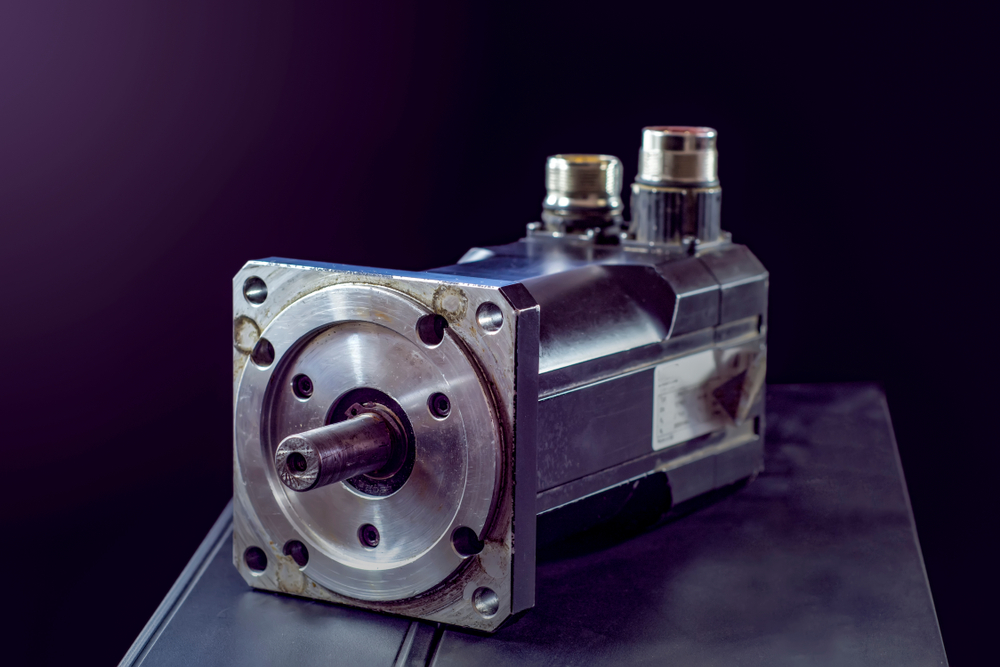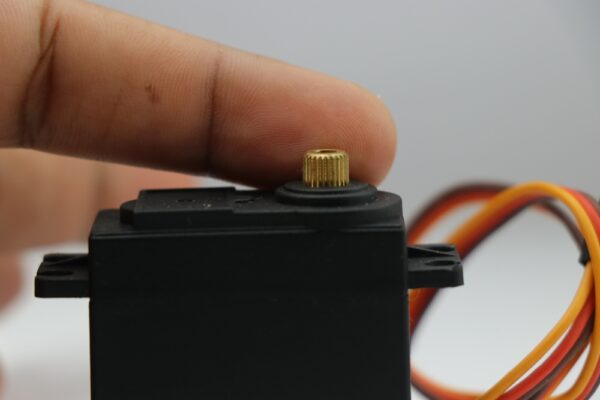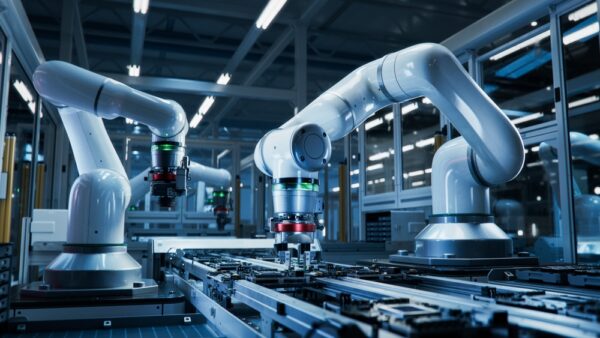The Evolution of Servo Motors: From Analog to Digital

Servo motors have been a cornerstone of precision control systems for decades, finding applications in robotics, automation, and various industrial processes. Their journey from analog to digital technology mirrors the broader technological evolution of the last century: marked by significant improvements in performance, efficiency, and versatility. Let’s take a look at how these critical components got to where they are today.
The birth of analog servo motors
Servo motors date back to the 1930s when they were first developed for military applications (radar antenna control systems). Early servo motors were entirely analog, meaning they relied on electromechanical components for position control. They used a potentiometer to measure the shaft position and compared it to the desired position. The difference between the two — known as the error signal — was used to drive the motor until the desired position was reached.
While innovative for their time, analog servo motors had several limitations:
- Limited precision due to mechanical wear and electrical noise
- Susceptibility to temperature changes and environmental factors
- Difficulty in achieving complex motion profiles
- Limited communication capabilities with other systems
The rise of hybrid systems
As digital technology began to emerge in the 1970s and 1980s, servo motor systems entered a transitional phase. This era saw the introduction of hybrid systems that combined analog motors with digital control elements. These systems typically featured:
- Digital encoders for more precise position feedback
- Microprocessors for improved control algorithms
- Digital communication interfaces for better integration with other systems
While not fully digital, these hybrid systems addressed many of the limitations of purely analog servos. They offered improved precision, better resistance to environmental factors, and the ability to execute more complex control strategies.

Today’s digital servo motors
The true digital revolution in servo motor technology began in the 1990s and accelerated through the 2000s. Digital servo motors were a significant leap forward in both performance and functionality, with some incredible improvements over their hybrid counterparts:
- High-resolution encoders for extremely precise position feedback
- Microprocessors or digital signal processors (DSPs) for sophisticated control algorithms
- Digital power electronics for efficient motor driving
- Network communication capabilities for integration within industrial control systems
Unsurprisingly, the advantages of digital servo motors are significant. They can achieve positioning accuracy down to fractions of a degree, while control algorithms compensate for disturbances and variations in load more effectively, enhancing stability. These motors also offer great flexibility and can be easily reprogrammed for different applications without hardware changes. And, importantly for Industry 4.0, they easily communicate with other devices in a networked automation system.

Servo motors: Catalysts for digital transformation
The shift from analog to digital has truly revolutionized the capabilities and applications of servo motors. For instance, in industrial robotics, digital servo motors enable the precise and repeatable movements necessary for tasks like welding, assembly, and material handling. Likewise, in CNC machining, digital servos allow for the creation of complex parts with tight tolerances that were previously impossible to achieve.
From robotics to aerospace and across manufacturing sectors, today’s servo motors have unlocked the door to robust performance and manufacturing agility. As they continue to advance, they’ll undoubtedly play a crucial role in shaping the future of automation and precision control across industries.
